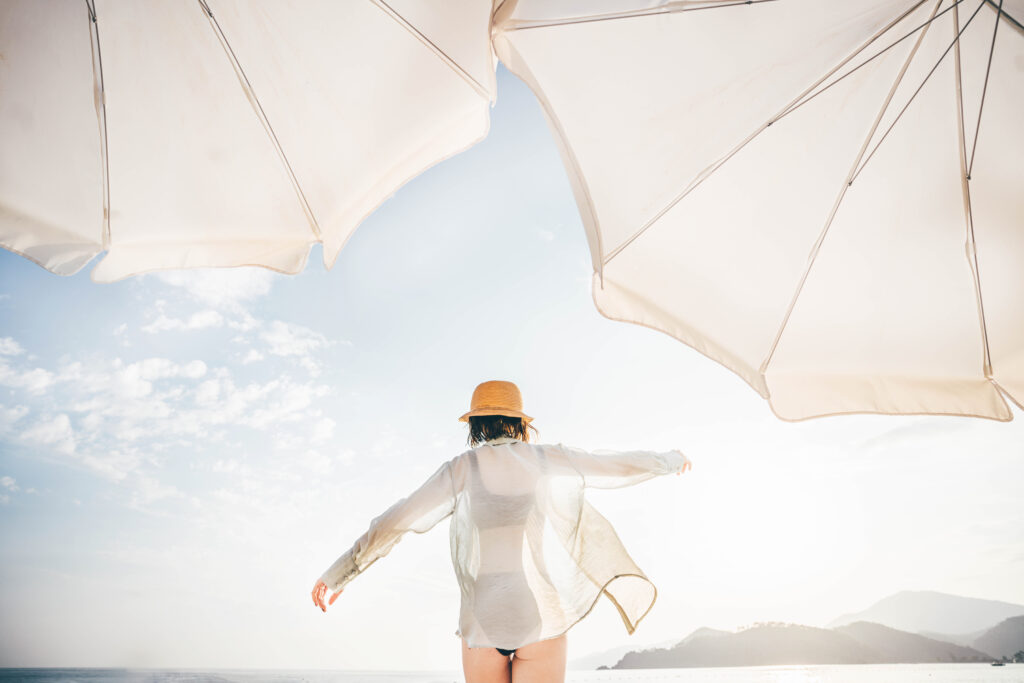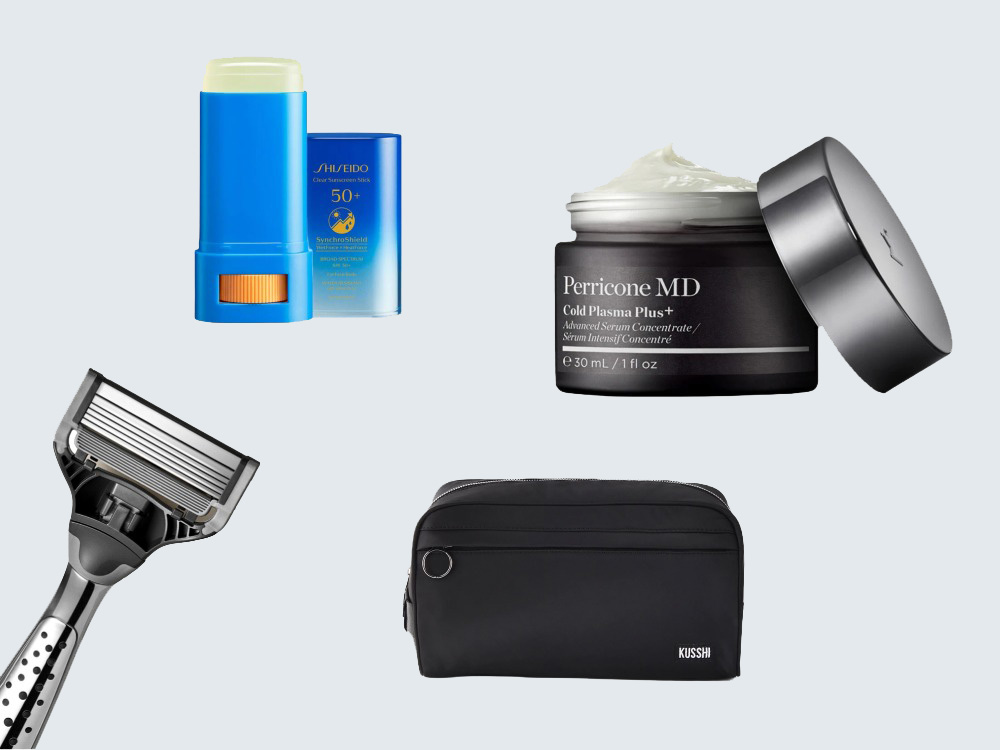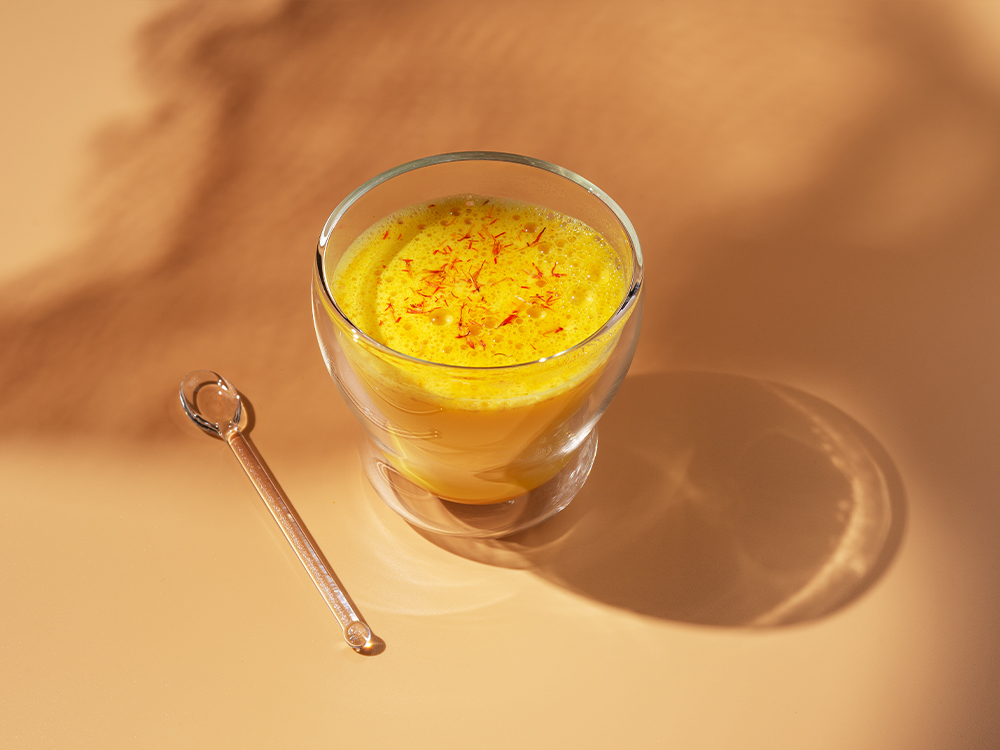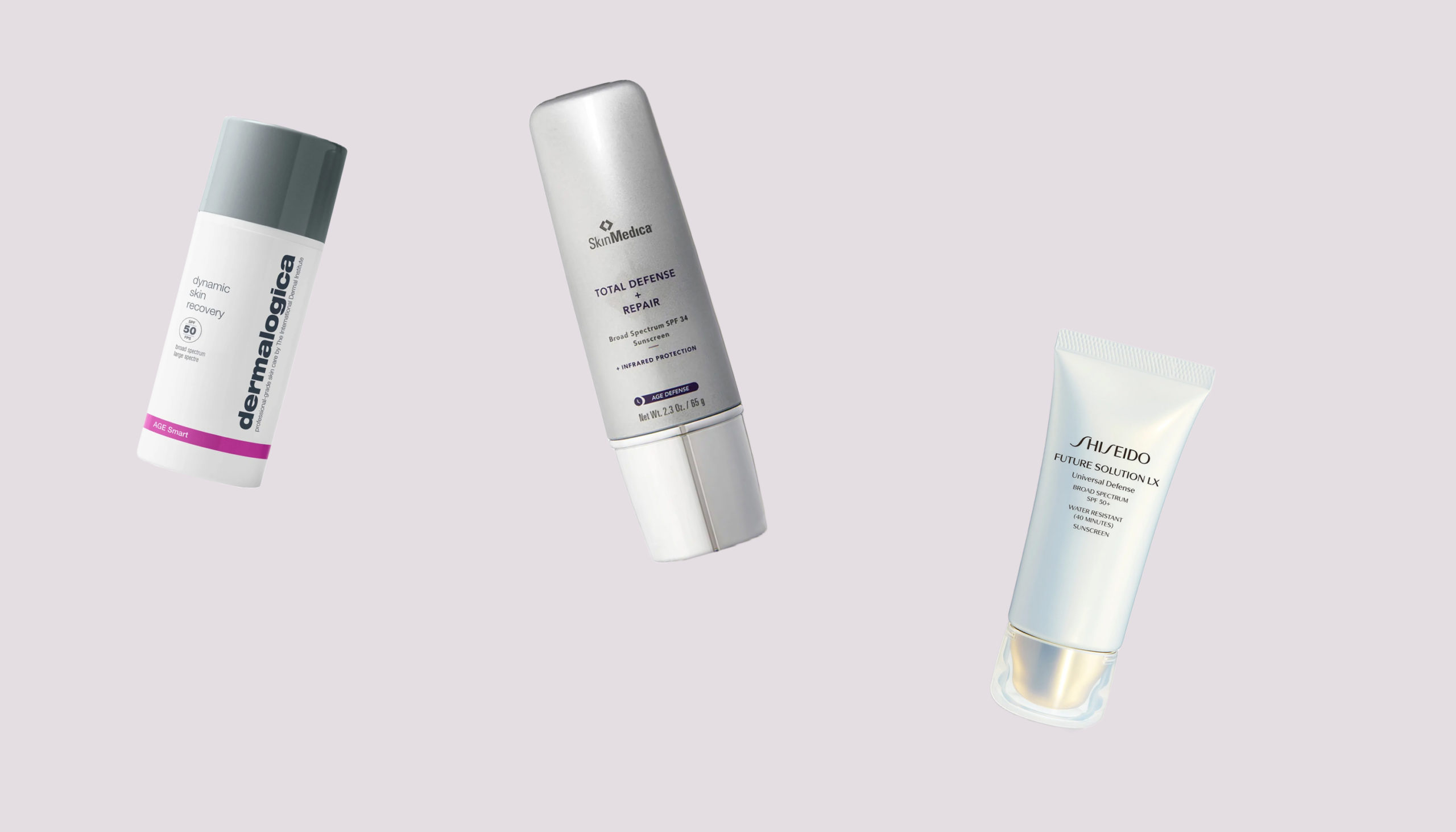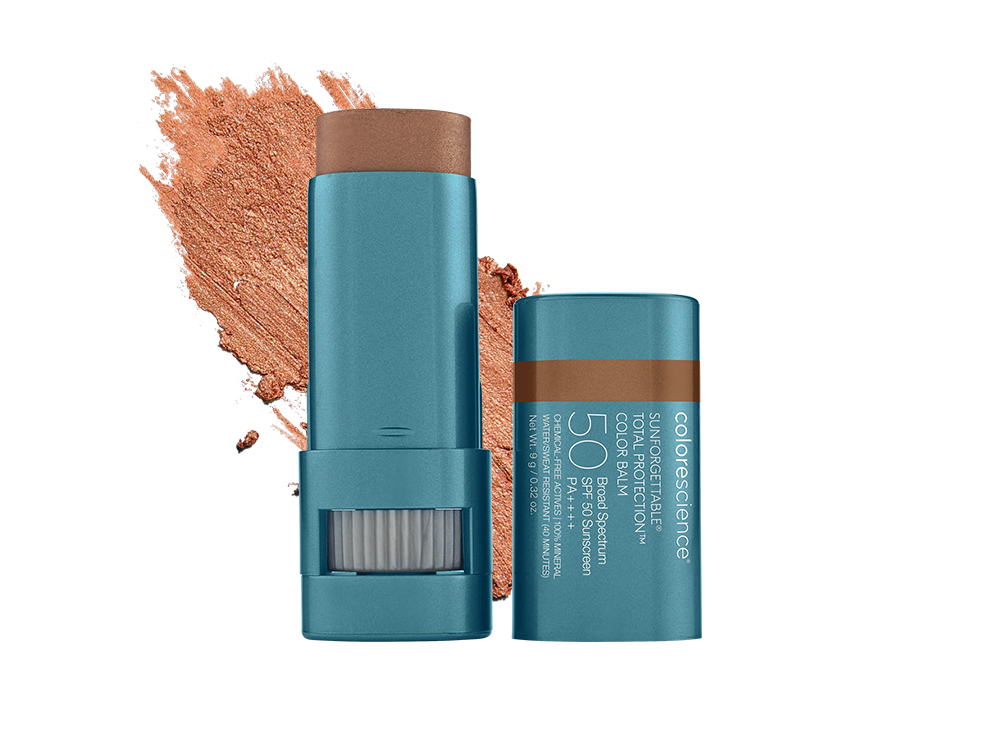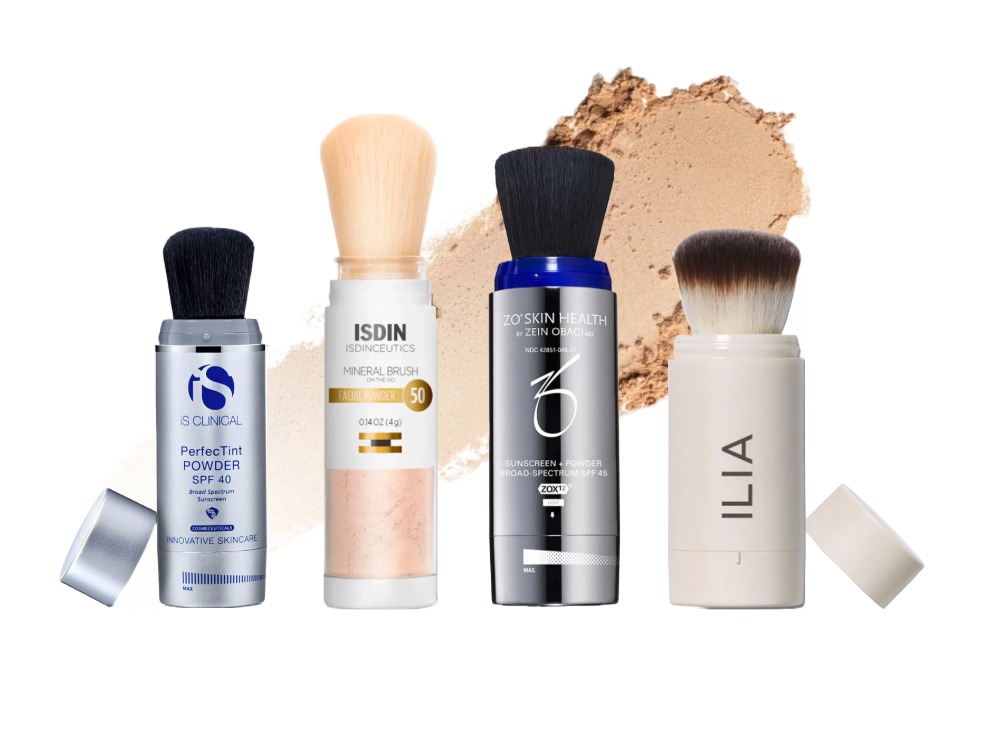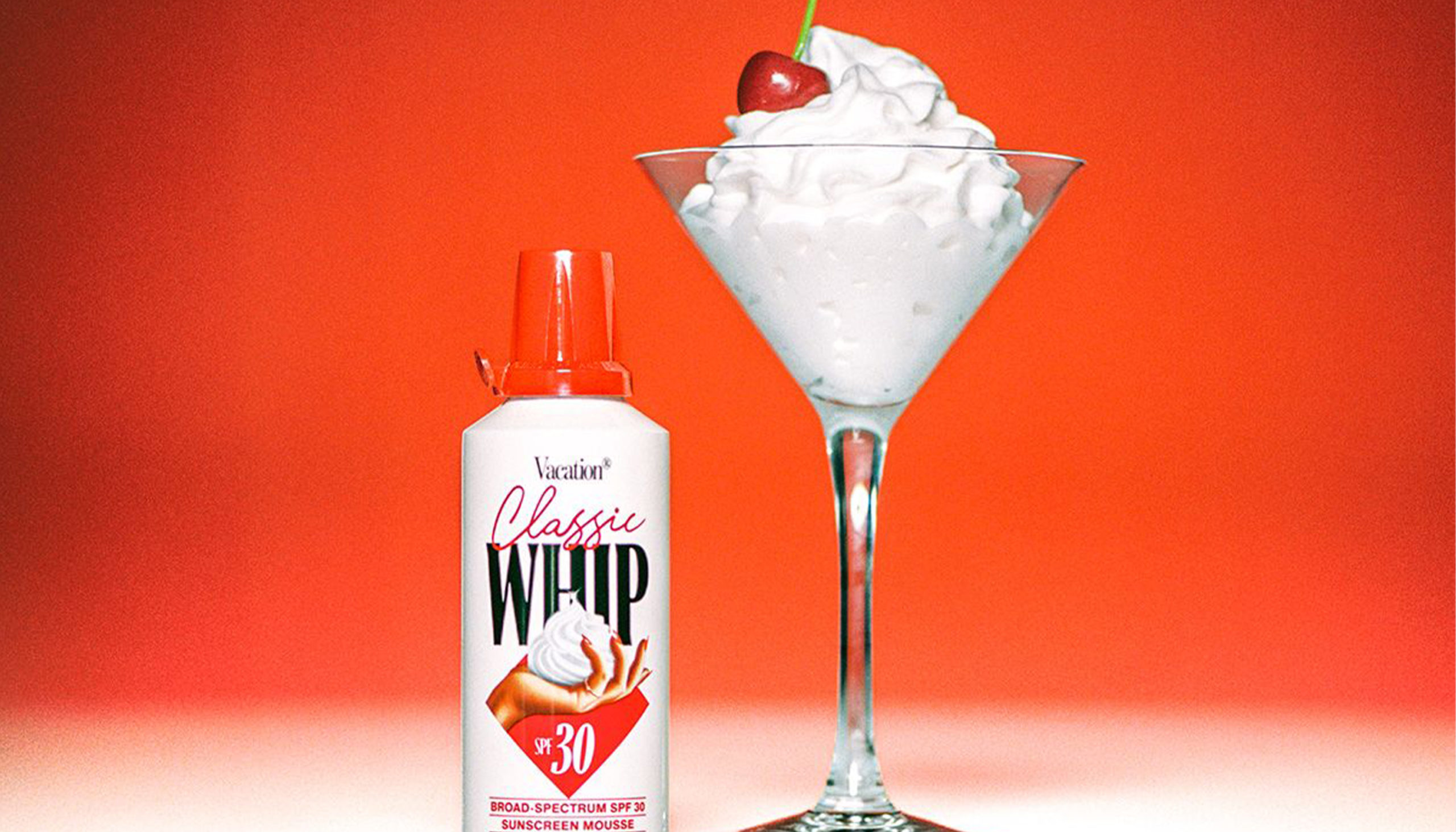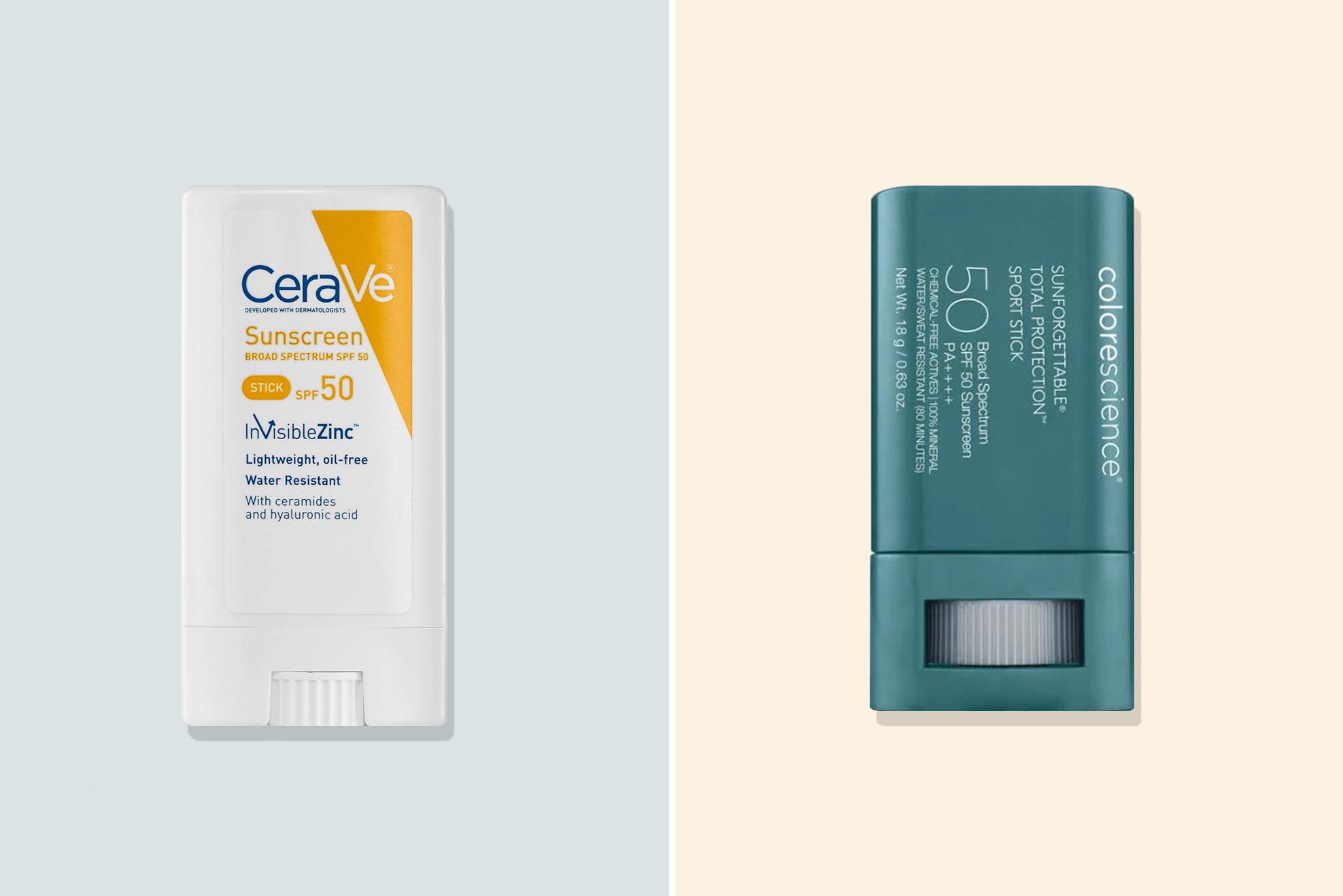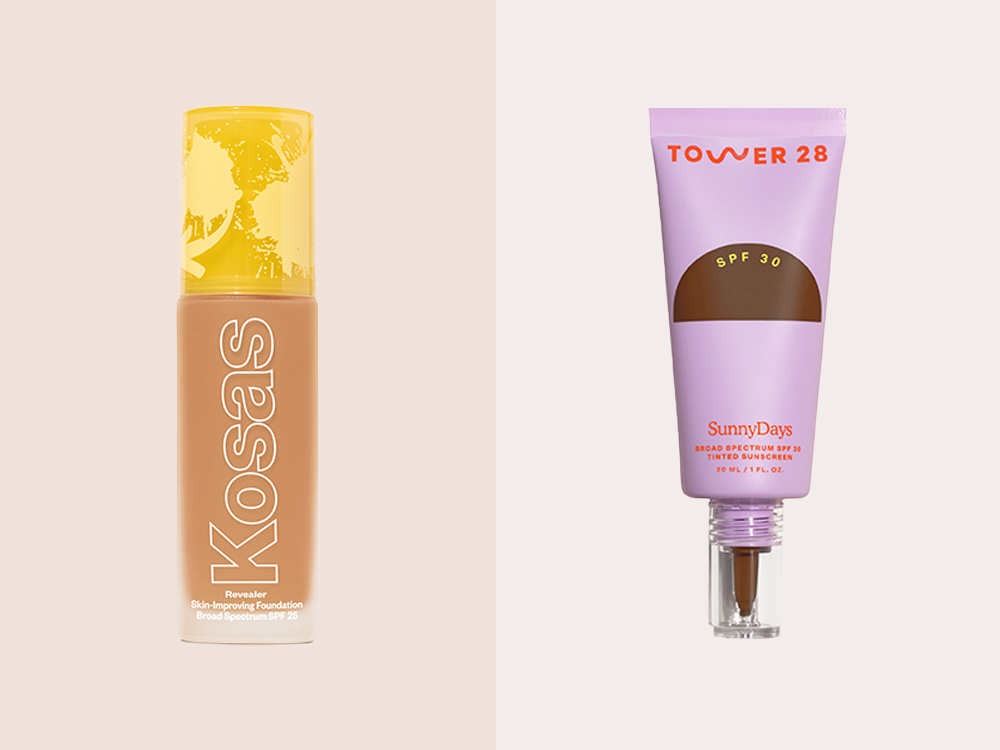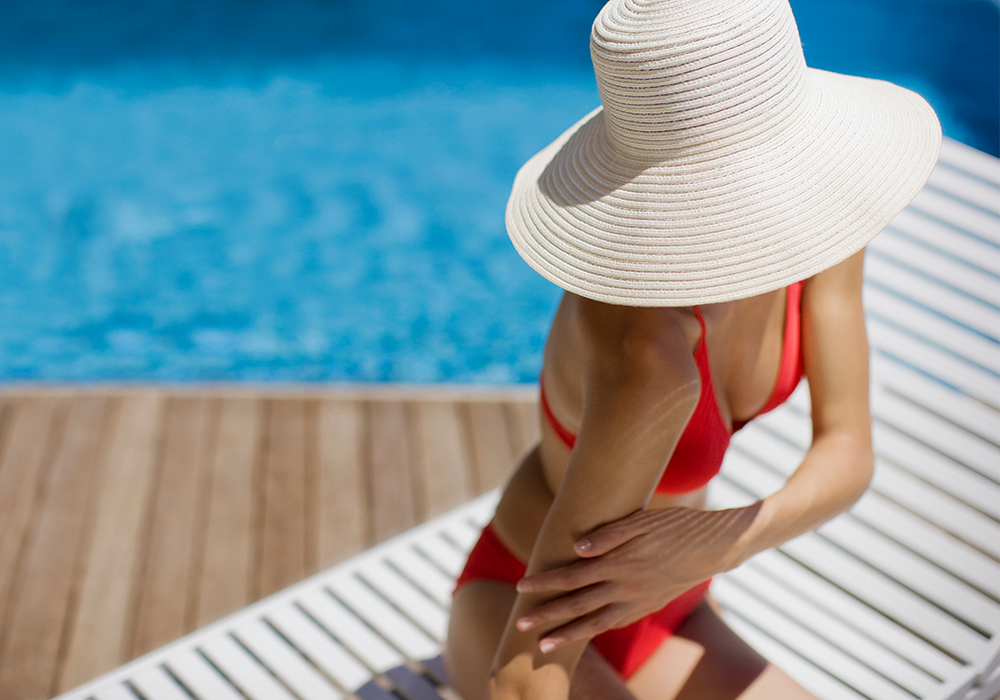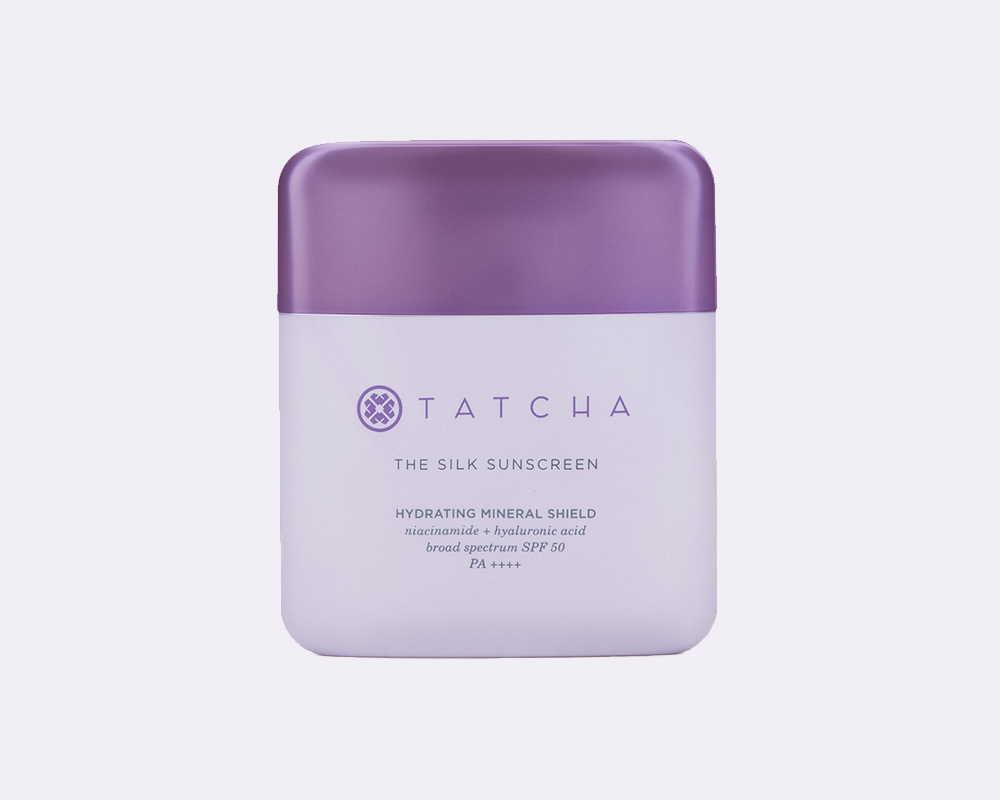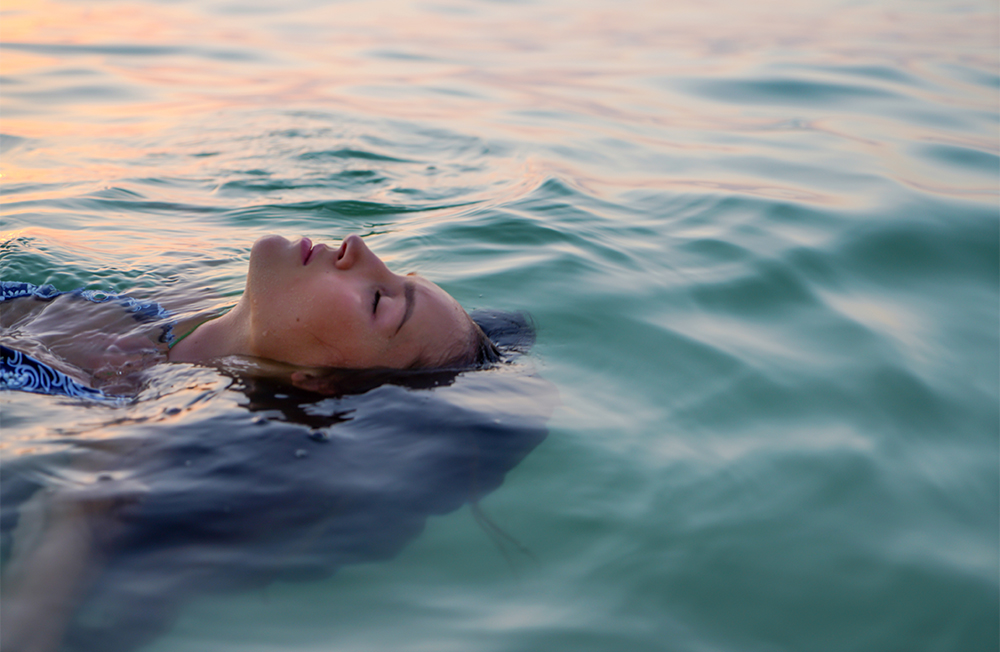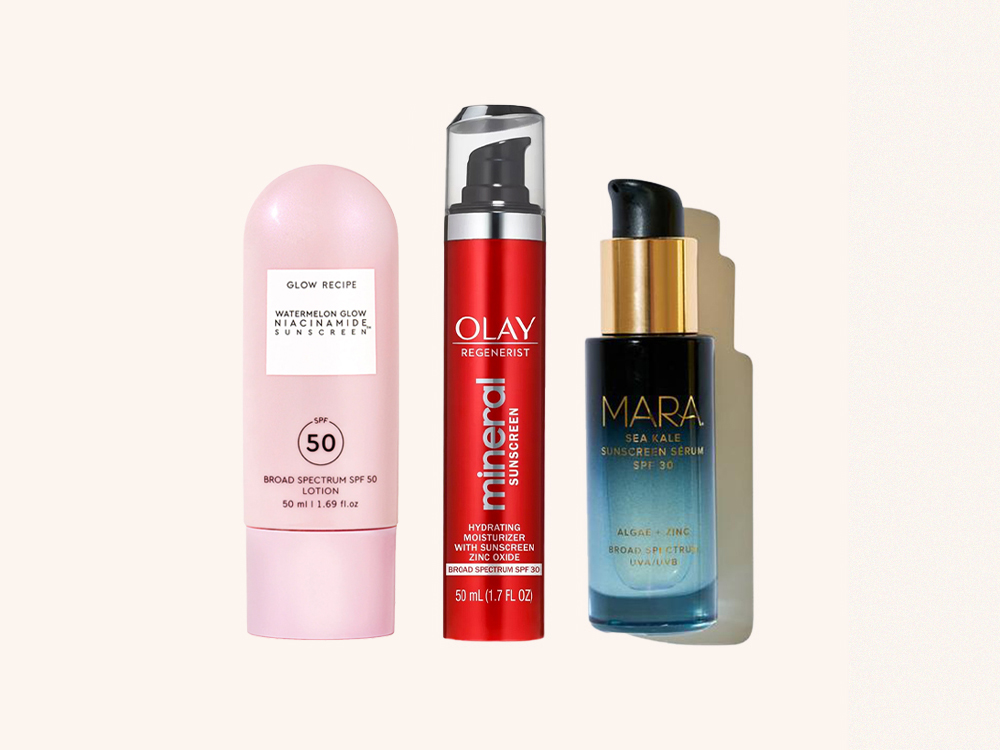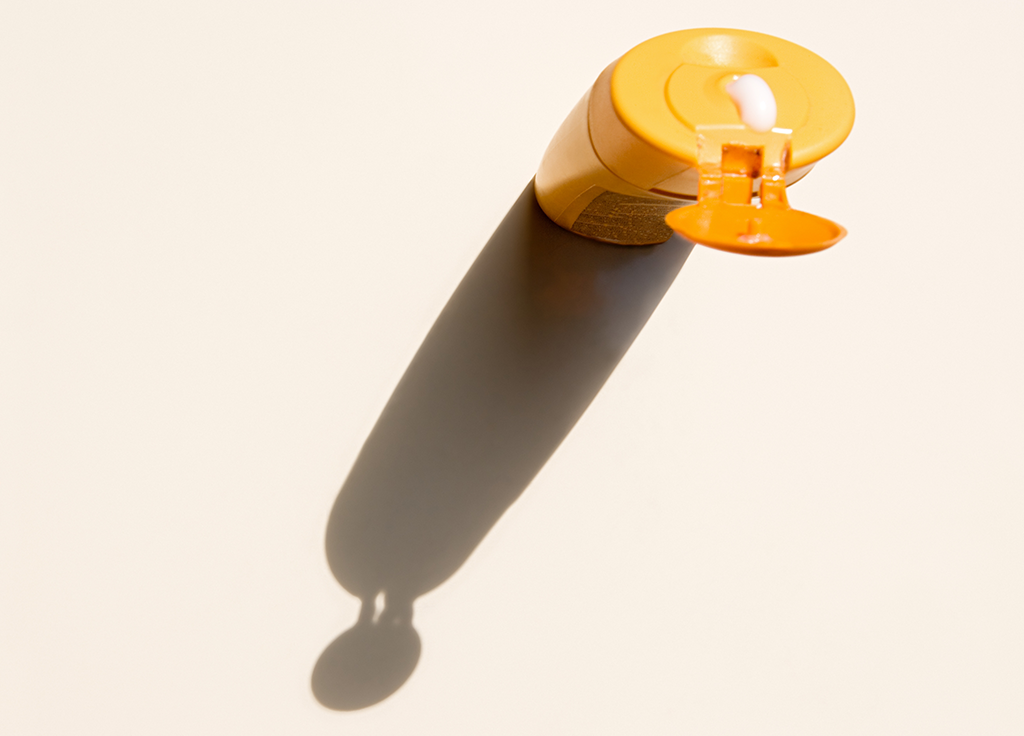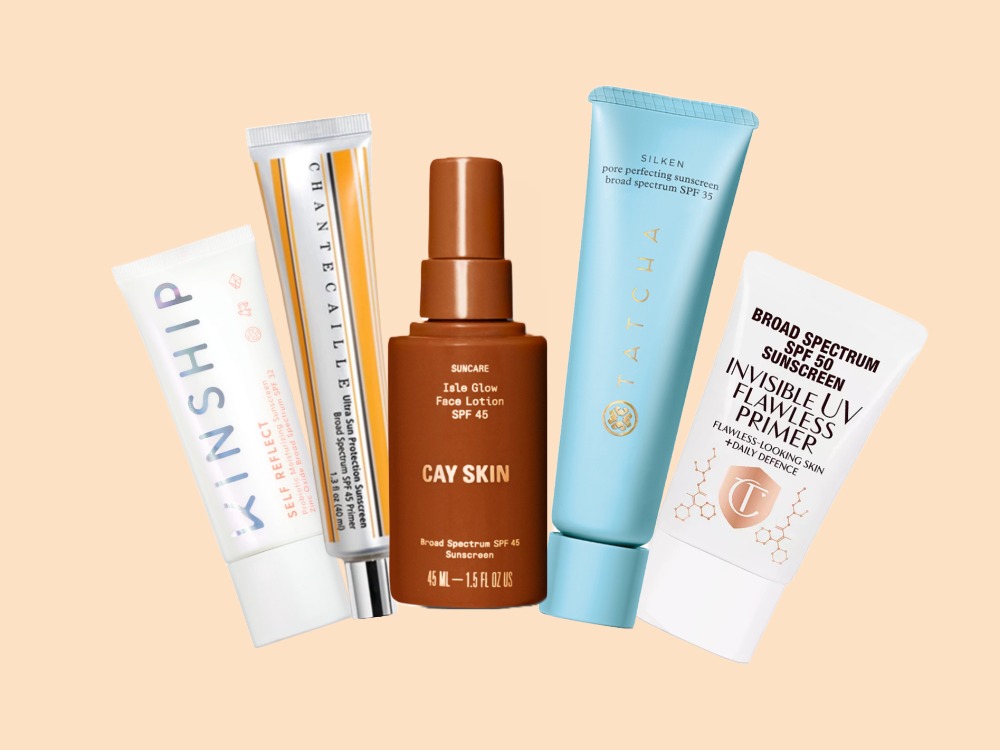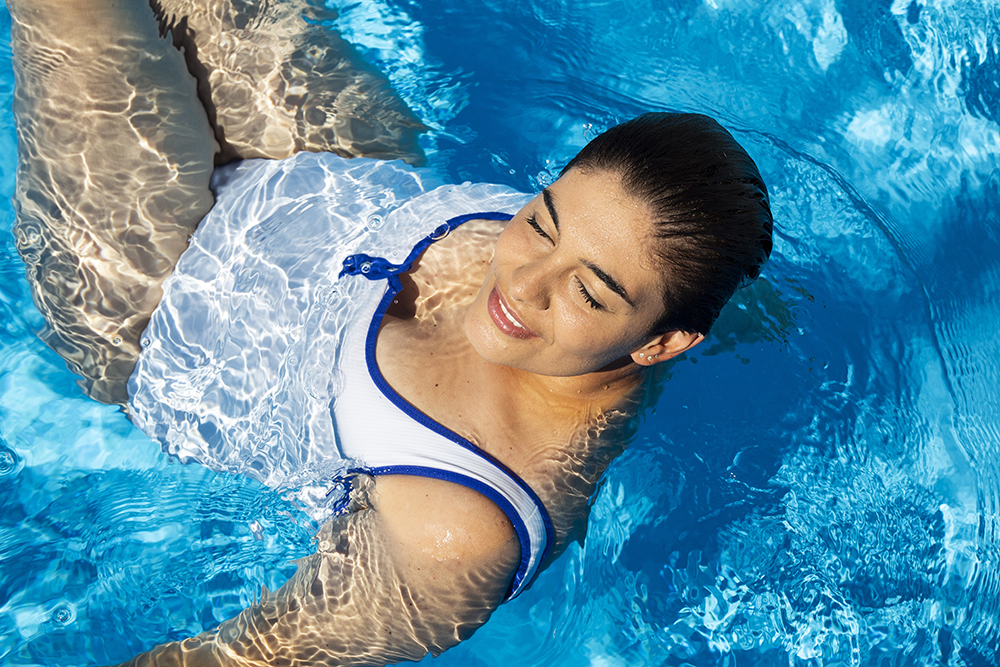The U.S. is ahead of the curve in so many sectors, from technology to finance, but when it comes to sunscreen, we’re lagging. Why are beauty editors and experts stocking their suitcases with foreign formulas on trips overseas? We investigate.
If you’re on social media, you’ve probably seen your fair share of influencers, beauty editors and dermatologists sharing the sunscreens they love from across the globe. But unfortunately, you won’t find them at Ulta Beauty, Sephora, or any other mainstream stores in the States. How come? They contain sunscreen filters (the active ingredients listed first on a label that protect skin from UV rays) that aren’t approved for use by the FDA. In fact, “the U.S. has not allowed any new UV filters to be widely used since 1999,” says cosmetic formulator Stephen Alain Ko. “Ecamsule (Mexoryl SX) was sort of approved in 2006. The entire sunscreen formula was approved as a new drug, versus the UV filter itself. This is why it was only found in a limited number of L’Oréal sunscreens.”
Why the U.S Is Behind
“In the United States, sunscreen is considered an over-the-counter drug, so it must meet FDA safety standards,” explains New York dermatologist Julie Russak, MD. “The approval process for new sunscreen filters is guided by a 1978 panel that requires the review of animal, clinical and marketing data.” This can be a lengthy and expensive process. Ron Robinson, cosmetic chemist and founder of BeautyStat, says some companies have submitted new filters to the FDA for approval, but their review process takes a lot of time and their requests for additional information creates delays. “The FDA is also continually evaluating currently approved sunscreens—specifically chemical ones—to confirm they are still safe for use,” he adds.
New York dermatologist Shereene Idriss, MD calls the sunscreens we have here in the U.S. “antiquated” and not ahead of the curve in terms of ingredients and technology. “When you look to Asia, Australia and parts of Europe, they’re more advanced when it comes to formulas and different filters,” she says. In those countries, sunscreen is regulated as a cosmetic, meaning the rules aren’t as stringent and human data is not required for the approval of UV filters. “Currently, there are approximately 17 UV filters available in the United States—10 of which are hardly ever used—while the EU has almost twice as many,” Dr. Russak notes. There are 28 used in Australia, and more than 35 are used across countries in Asia.
Dr. Idriss says most dermatologists support the FDA’s categorization of sunscreen as a drug because it “ensures that the products we’re using here are legit, but it does make the approval process that much more difficult and we need to be moving at a faster pace.” Additionally, according to Charlotte Palermino, aesthetician and founder of Dieux Skin, a supplier of sunscreen filters needs to be willing to do drug testing. “Until MoCRA [the Modernization of Cosmetics Regulation Act that passed in 2022], there was no incentive structure to do this,” she explains. “For example, a big sunscreen manufacturer does all the testing for a new filter and then their competitors could use it in their products. Now, it looks like there are some provisions for exclusivity.”
The Global Difference
Dr. Russak says the primary difference between our sunscreens and those in Asia, Australia and Europe lies in their levels of protection, UVA standards and labeling. “For example, EU sunscreens tend to prioritize UVA protection more than American sunscreens, and they require higher levels of UVB protection, or SPF protection,” she explains. “While UVB is responsible for sunburns, UVA is linked to skin aging, making it crucial to protect against both wavelengths. This is why European sunscreens tend to be more broad-spectrum than U.S. sunscreens.”
Korean sunscreens aren’t broad-spectrum like those here, but Dr. Idriss says they are more specific. “The SPF (Sun Protection Factor) protects against UVB rays, and they have another rating scale for UVA rays called ‘PA,’ which you’ve probably seen on sunscreen bottles before,” she explains. “The PA system is based on Persistent Pigment Darkening (PPD), which is the color that is left behind from UVA sun damage.”
A quick guide to deciphering the PA scale:
PA+ offers some UVA protection, approximately 50 to 75 percent
PA++ offers 75 to 88 percent UVA protection
PA+++ offers 88 to 94 percent UVA protection
PA++++ offers more than 94 percent UVA protection (this is the highest ranking)
Some of the UV filters currently being used abroad that experts wish we had in the U.S.:
Dr. Russak says one of the most exciting developments is the creation of filters that not only protect against UV rays, but also visible light, and have shown promising results in protecting the skin against hyperpigmentation. ”Bis-diethylaminohydroxybenzoyl benzoyl piperazine (BDBP) is a new UV filter that has shown promise in this regard.” It’s approved in many other countries, including the EU, Australia and Japan.
“Bemotrizinol, known as Tinosorb S, is a UV filter that is approved for use in the EU and works by both absorbing and scattering UVA and UVB rays,” Robinson says. “Bisoctrizole, known as Tinosorb M, is also approved in the EU and works by absorbing both UVA and UVB rays. It may also help improve the stability of other sunscreen ingredients. Both of these filters have been used for several years now in the EU without any significant reports of dangerous side effects.” Dr. Idriss is also a fan of Tinosorb M. “It has been around since 2002, so the fact that it still isn’t approved in the U.S. is baffling to many experts,” she adds.
Palermino likes Uvinal A Plus, which she says is generally less irritating on the skin and offers high UVA protection and high photostability. “It gives sun protection in the whole UVA range (320–400 nanometers), and it can be used in concentrations up to 10 percent worldwide, except for the U.S. and Canada,” she explains. “Two others I like are Uvinul T 150, which offers very high photostable absorption of all UVB filters, and Tinosorb S. This is a superstar filter: It’s very photostable, it doesn’t deteriorate, it helps stabilize other filters, and it’s broad-spectrum.”
Ko says that in addition to new UV filters, some of the most interesting advancements are in how the sunscreens are formulated. “Newer formulas are always improving on film formation, water-resistance, and most importantly, how they feel on the skin.”
These are the most popular UV filters currently used stateside: Zinc oxide and titanium dioxide, which are physical filters, and chemical filters that include avobenzone, octinoxate, homosalate, octisalate, and octocrylene.
How We Advance
To make it easier for new sunscreen filters to be approved stateside, Ko says that the laws controlling how they’re regulated and approved need to be changed. “In 2014, the Sunscreen Innovation Act was passed to make the process faster, but no new sunscreen filters have been approved since then,” he notes.
Palermino recalls also seeing “some chatter that the reason the U.S. won’t get filters from other countries is due to restrictions on animal testing. Unfortunately, with drugs, you have to test on animals. This is something that will prove to be an issue with new filters entering the market. While it’s against the law to test on animals for cosmetics in Europe [remember, sunscreen is considered a cosmetic there], it isn’t illegal to test on animals for drugs.” Though these are the “rules,” there is mounds of evidence on the safety and efficacy of certain UV filters like Tinosorb S and Uvinal A that were not tested on animals and have been on the market for nearly 20 years. “Taking this into account, the FDA should budge on testing and there should be exceptions,” Palermino adds.
Ultimately, Robinson says, what needs to happen is that the FDA needs to hear from more consumers, as well as the medical community, urging them to speed up their review process. “They should provide data showing that by offering more sunscreen options, more people might regularly wear it, and thus reduce their risk of getting skin cancer.”
INSIDE TIP
Dr. Russak says the sun is strongest at noon, and SPF should be reapplied every three to four hours. If you are swimming or sweating, apply every two hours, or as soon as the water-resistance wears off. “It’s also important to reapply on your face if you’re wearing glasses because it is common for glasses to rub off sunscreen, which is why I see a lot of sun damage on the cheekbones under the eyes,” she adds.
